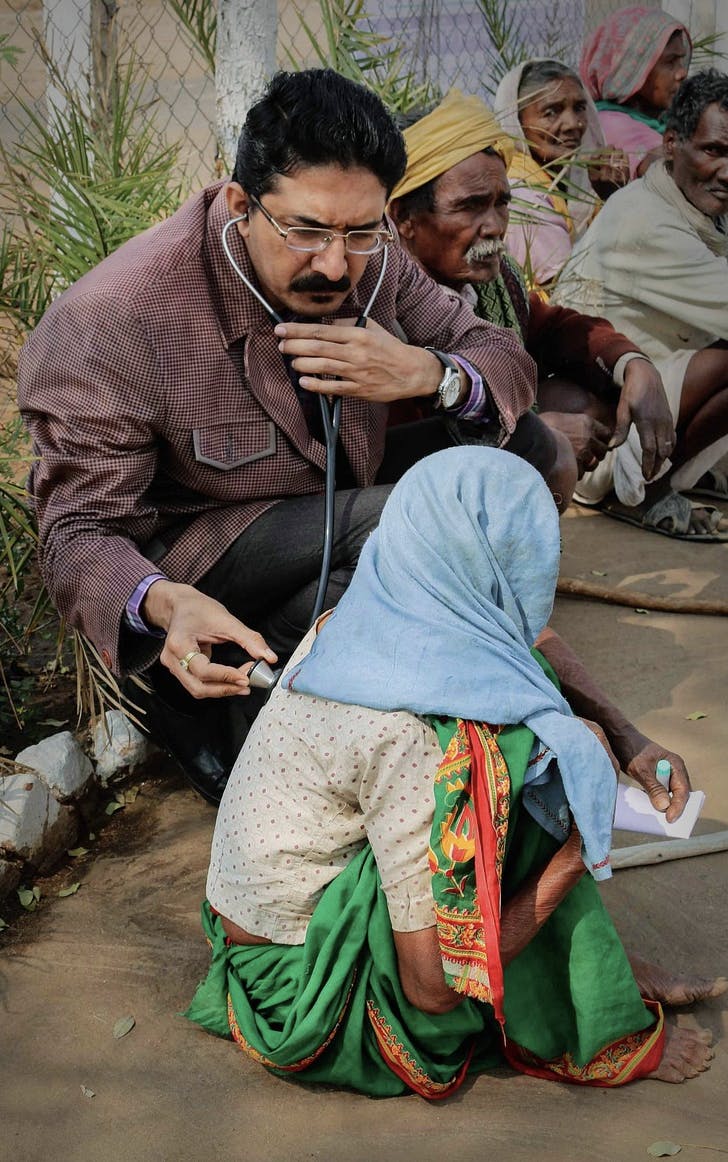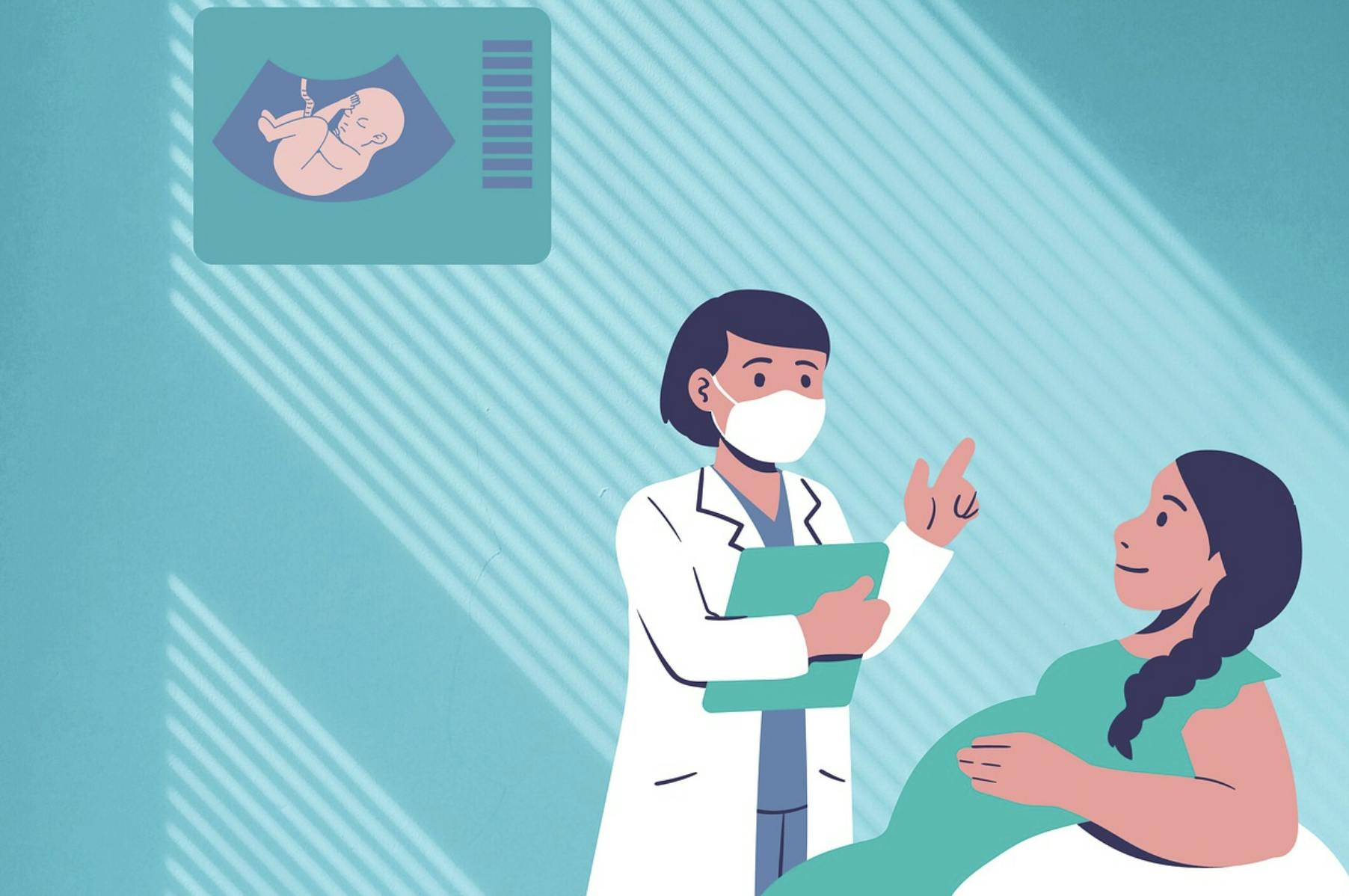TL;DR Science: Health Disparities in the Healthcare System
By Erin Kang
February 24, 2023 · 6 minute read
Medicine
Biology
Healthcare is one of the most fundamental rights a human can have. Receiving quality and continuous care can do anything from detecting a life-threatening condition early to fixing a broken bone. However, countries around the world, regardless of whether they may be low or high income, do not properly fulfill the basic needs of public health for individuals including allocation of resources, healthcare protection, and access to healthcare. Many researchers have performed studies that highlight patterns within health disparities, noting that there are two main barriers preventing individuals from accessing quality healthcare: socioeconomic status and gender.
Socioeconomic Disparities
Social class distinctions have been set in society for hundreds of years. Individuals of lower social class or socioeconomic status often have no means to climb up the social ladder. Thus, countless people are stuck with little to no income and a poor quality of life. This directly translates to individuals not being able to afford healthcare because they lack the facilities to do so. Researchers Cernadas and Fernández conducted a study to determine if homeless individuals have equal access to healthcare as everyone else (Cernadas & Fernández, 2021). Both Spain and Korea are two countries that passed health legislation deeming universal coverage and access to healthcare regardless of socioeconomic status (Cernadas & Fernández, 2021 ; Kim, Lee, & Bae et al, 2018). Although Spain has a universal healthcare system in place, many homeless individuals mentioned that it was difficult for them to gain access to health resources and services leading to visits that only occurred when they were seriously ill or had a severe injury (Cernadas & Fernández, 2021). Only seeing healthcare providers when feeling tremendously ill or suffering from severe injury could prove to be extremely dangerous because an individual could have unknown symptoms that can only be seen through lab tests or scans performed at a hospital. Early detection and preventative healthcare are paramount to reducing the mortality rate, however, that requires continuous care for patients which, unfortunately, many homeless
individuals do not experience.

Moreover, even when homeless individuals receive care and treatment, they are still faced with barriers within the hospital (Cernadas & Fernández, 2021). A social worker stated that “’ There’s a whole range of prejudices on the part of the medical professional that make it so that the homeless patient always ends up getting worse treatment: because they drink alcohol, because they have mental problems, because of their drug addictions, because of their physical appearance ... In these cases, the professional examines them from a meter away’” (Cernadas & Fernández, 2021). As a result of the biases healthcare providers hold, they may dismiss their symptoms or refuse to have a closer look which could potentially
lead to a misdiagnosis or no diagnosis at all.
Gender Disparities
Women have been fighting for gender equality in all aspects of life for almost 200 years, and the call for equality particularly within healthcare is still very much present. In Central Malawi, researchers found that women (regardless of socioeconomic status) experience more barriers than men (Azad, Charles, & Ding, et al, 2020). Many barriers to healthcare for women can be attributed to individual and societal attitudes towards women and the application of gender roles (Azad, Charles, & Ding, et al, 2020). Women are less likely to receive financial support from family or community members to help with the cost of healthcare as men's and boys’ health is more of a priority than women’s (Azad, Charles, & Ding, et al, 2020). Women were also seen devaluing themselves by embracing the gender roles and beliefs of society (Azad, Charles, & Ding, et al, 2020). For example, mothers would prioritize the health of their husbands and sons rather than the health of themselves and their daughters (Azad, Charles, & Ding, et al, 2020). Women, especially in low-income areas, often depend on the decisions of their husbands or other family members in regard to healthcare (Ganle, Obeng, Segbefia, et al, 2015). Therefore, unless there were no immediate or visible symptoms, pregnant women would not seek out healthcare providers because family members would dismiss maternal healthcare.

Potential Solutions
With the number of different health disparities seen within the healthcare system, many solutions have surfaced to counteract the inequalities present. For disparities related to socioeconomic status, it is imperative for healthcare systems and providers to realize whom they are treating and adapt their methods. According to Cernadas & Fernández, “Several studies based on means-testing programs [46] have demonstrated that attention to this population significantly improves when attention specific, ad hoc programs are designed, as opposed to standardized care.” (Cernadas & Fernández, 2021). Therefore, healthcare providers should be educated in order to change their attitudes toward people of low socioeconomic status so that internal discrimination may no longer be present. In addition, tackling the social support that individuals of low socioeconomic often lack would greatly increase the chances of successful treatment. There are programs that assist with housing and clean water before healthcare and
well-being that have shown effective results, however, many areas around the world do not have those programs implemented yet (Cernadas & Fernández, 2021). Making health education openly available for all people regardless of socioeconomic status would allow for early detection and preventative treatment. Gender inequalities in healthcare could be resolved by intervening and providing education on self-worth and valuing a woman’s role in society (Azad, Charles, & Ding, et al, 2020). Not only is it imperative for a woman to realize how important her healthcare is, but it is also crucial for men to change their perception and become more involved, particularly in regard to maternal health. By changing an individual and a society’s belief system surrounding gender, women may have better access to healthcare. Creating public resources that are catered toward
specific target populations available would help the populations in need receive proper healthcare services.
TL;DR
Some of the main inequalities seen within the healthcare system are characterized by socioeconomic status and gender. Although individuals of low socioeconomic status may have access to healthcare, they lack the fundamental social support needed to prolong their successful treatment. Furthermore, the attitudes and beliefs of individuals and society as a whole contribute to the gender inequalities present in healthcare. Health disparities will not dissipate in five, or 10, or maybe even 50 years. However, with continuous efforts made by healthcare providers and organizations as well as collaboration between the healthcare system
and targeted populations, lives around the world will be greatly improved.
Sources
Azad, A.D., Charles, A.G., Ding, Q. et al. The gender gap and healthcare: associations between
gender roles and factors affecting healthcare access in Central Malawi, June–August 2017. Arch
Public Health 78, 119 (2020). https://doi-org.lp.hscl.ufl.edu/10.1186/s13690-020-00497-w
Cernadas, A., Fernández, Á. Healthcare inequities and barriers to access for homeless
individuals: a qualitative study in Barcelona (Spain). Int J Equity Health20, 84 (2021).
https://doi.org/10.1186/s12939-021-01409-2
Kim, M., Lee, S., Bae, SH. et al. Socioeconomic status can affect pregnancy outcomes and
complications, even with a universal healthcare system. Int J Equity Health17, 2 (2018).
https://doi.org/10.1186/s12939-017-0715-7
Ganle, J.K., Dery, I. ‘What men don’t know can hurt women’s health’: a qualitative study of the
barriers to and opportunities for men’s involvement in maternal healthcare in Ghana. Reprod
Health12, 93 (2015). https://doi.org/10.1186/s12978-015-0083-y
Did you enjoy this article?
About The Author
Erin Kang is a sophomore at the University of Florida studying Microbiology & Cell Science. She hopes to pursue a career in medicine. For any comments, questions, or concerns, contact Erin at erin@sciteens.org.